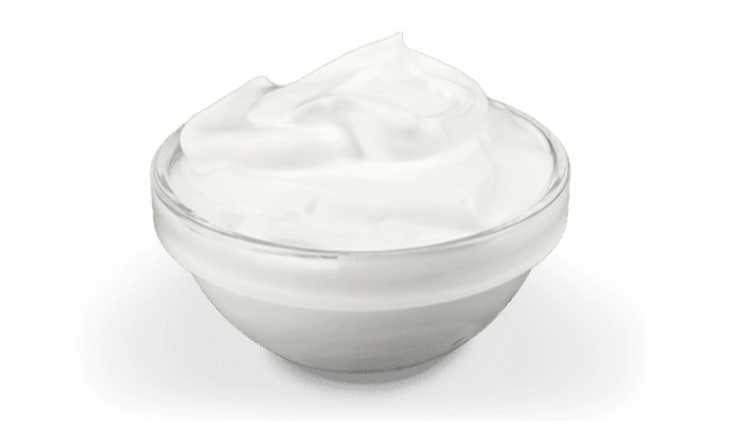
The research team found a way to use EVs from yogurt, an abundant, cheap and accessible source, to create a wound-healing gel without the need for any chemical additives - Photo: AI
According to a publication in the scientific journal Matter, a research team from the School of Engineering at Columbia University (USA) has taken advantage of extracellular vesicles (EVs) extracted from yogurt to create a soft, biocompatible hydrogel that can promote the natural recovery process of body tissue.
Microvesicles (EVs) are tiny particles secreted by cells that carry proteins, RNA, and biological signals that help maintain communication between cells. These EVs not only transport healing signals, but also play a role in building the gel structure thanks to their ability to bind to biopolymers.
What's special is that the team found a way to use EVs from yogurt, an abundant, cheap, and accessible source, to create this gel without the need for any chemical additives.
"When we started the project, we just wanted to create a simple hydrogel model from EVs. We didn't expect that EVs from yogurt would have such strong biological activity. Not only did they work well in the lab, but they also showed great potential in tissue regeneration," said Professor Santiago Correa, who led the research team.
In tests on mice, the gel promoted the formation of new blood vessels within just a week of injection, a crucial step in tissue regeneration, as new blood vessels help transport nutrients and cells to damaged areas.
In particular, the gel does not cause harmful inflammatory reactions, but on the contrary, stimulates the immune system to create an anti-inflammatory environment, contributing to healing.
The research is the result of collaboration between Columbia University (USA) and the University of Padova (Italy). In which, Italian scientists have in-depth expertise in extracting EVs from agricultural products, while Professor Correa's group in the US has strengths in biomaterials and nanotechnology.
In addition to yogurt-derived EVs, the team also tested integrating EVs from mammalian cells and bacteria into the new hydrogel system, demonstrating that the design is versatile and can be applied to a variety of biomaterial sources. Because the gel can be injected directly into damaged tissue, it opens up the possibility of wide-ranging applications in wound care, degenerative diseases, restorative surgery, and even transplantation.
“Being able to design a material that both mimics natural biological structures and accelerates the body's recovery process is a remarkable milestone in the field of regenerative medicine,” said Artemis Margaronis, a PhD student involved in the project.
Columbia University has now filed a patent for the technology. In the future, the research team hopes to further expand this EV-based biogel platform for mainstream medical applications, at a lower cost and with greater efficiency than traditional therapeutic methods.
Source: https://tuoitre.vn/gel-tri-thuong-lam-tu-sua-chua-20250807220552575.htm










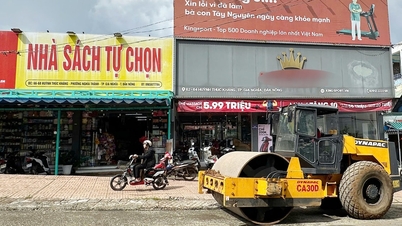

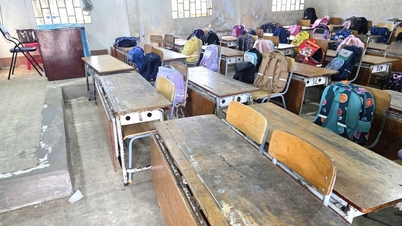

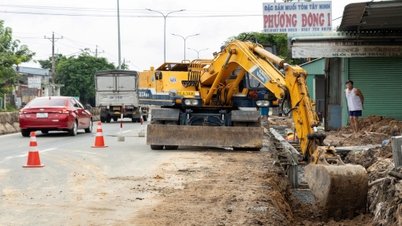


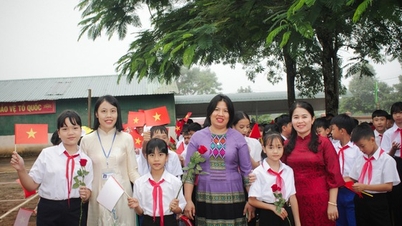








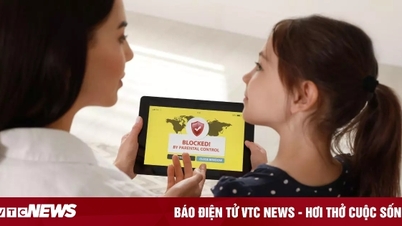






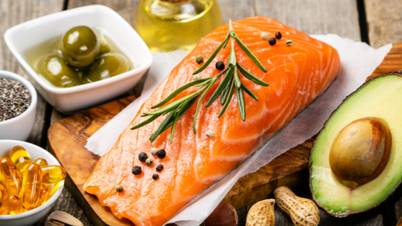
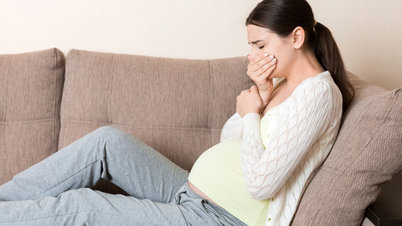
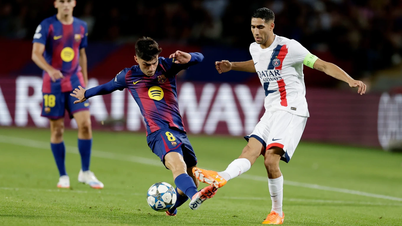
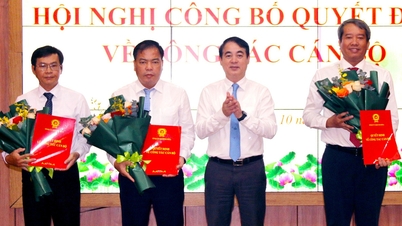
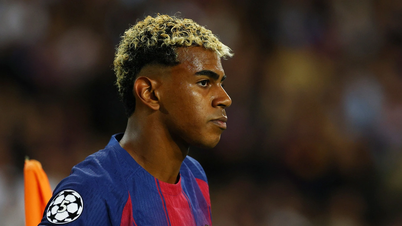



































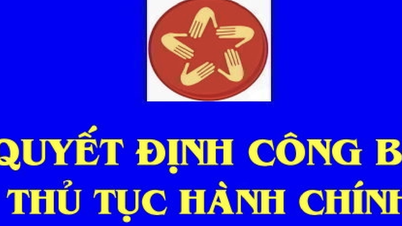
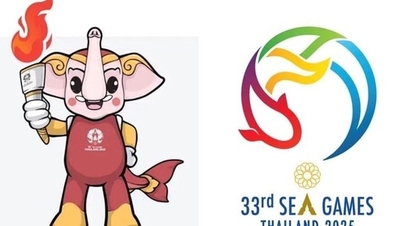


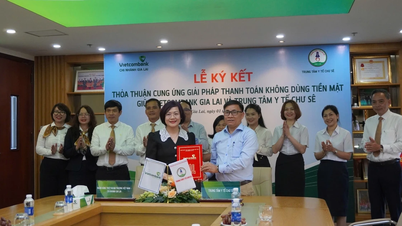

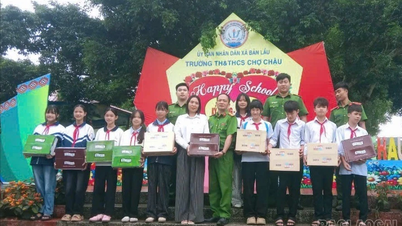

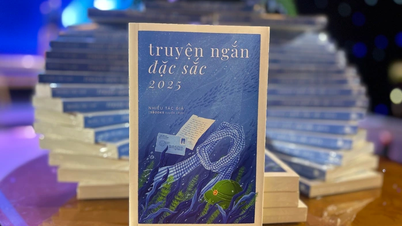


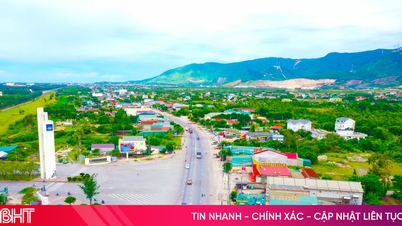

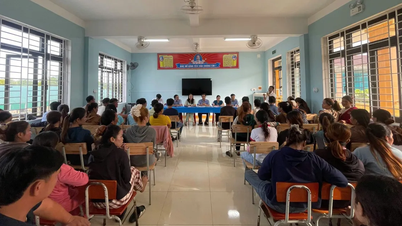













Comment (0)